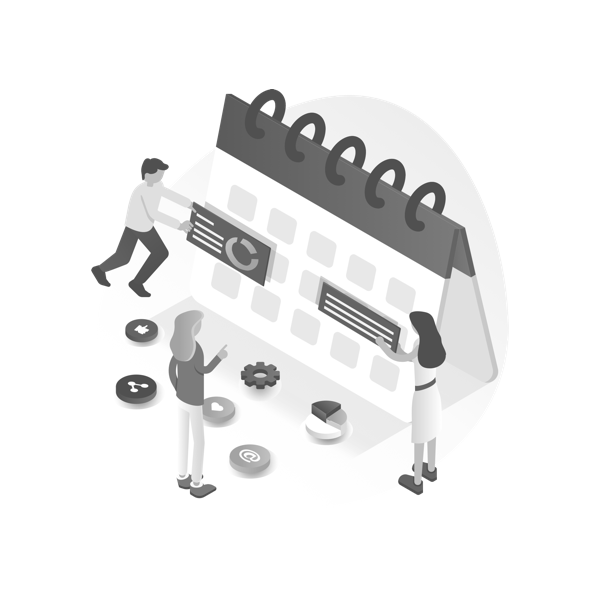The First 100 | Episode 2 Co-Founder at VidArmy Levi Lindsay
The Third Venture
This episode of The First 100 is overflowing with hard-earned entrepreneurial wisdom. Listen in as Levi Lindsay, Co-founder of VidArmy, discusses with Freddy Shelton of the Fifth Marketing the realities of being an entrepreneur, gaining those first 100 customers, and simple ways to grow your business.
The Entrepreneur
Levi Lindsay began his entrepreneurial career as the owner of a window repair company called Alpha Glass Solutions. While managing a team of salesmen and window repairmen, he also started a second venture building an online store called Wrexil.com. After ten years as the owner of Alpha and just under a year at Wrexil, he realized he wanted to build a company that could sustainably scale. With that, Levi started searching for a business partner that had the same goal in mind. Levi met Johnny Murdock at church in Bountiful, Utah. Johnny was a freelance videographer at the time and had the idea of starting a subscription-based video production company. The two became business partners and Levi jumped into the video production space with zero videography or editing experience. But for him, a supportive wife, a whole lot of commit now and figure it out later, and meeting the right people helped create the company structure he dreamed of.
The Company
"I was sitting on my toilet one night talking to Johnny on speakerphone. We were both on Go-Daddy searching for domain names and we found that VidArmy.com was available. We felt like it was a good name and we went from there." With a domain name, the two set out to revolutionize the video production industry by providing unlimited video production for $499 per month.
The First 100
VidArmy's first customer came through a Facebook ad. During the first visit, the potential client threw down his credit card on the table and said, "I'm in!"
Levi wryly expressed, "we thought we were going to be millionaires after a night!" But after three months, the VidArmy team only had three clients. Levi expressed how stressful that time was. His wife was working full-time, was pregnant, and he wasn't taking a paycheck because there wasn't enough revenue to do so. "Those first three months you are just questioning the whole time. It is scary. You want to quit every week, but you can't. Part of it is because it was addicting, part of it was pride, and part of it was because of the vision and the hope we had."
With time, VidArmy obtained more long-term clients and even got a contract with Pepsi. During those first couple of months, they only spent a couple of hundred dollars on Facebook ads and billboards. According to Levi, the key to their growth was networking and posting on LinkedIn. Those two free mediums helped grow VidArmy organically by about ten times.
A Marketing Tip from Levi Lindsay
"Posting on social media does not have to be perfect. Some posts get 2,000 views and some posts get 60,000 views. Either way, 10 posts with 2,000 views each adds up. Do not let perfection get in the way of action...Remember you are only one more action away from success and learning something new."
Contributors
Guest: Levi Lindsay, Co-founder of @VidArmy
Host: Freddy Shelton, Founder of @TheFifthMarketing
Audio edits by Casey Yardley
Show notes by Mason Smith
Related Articles










